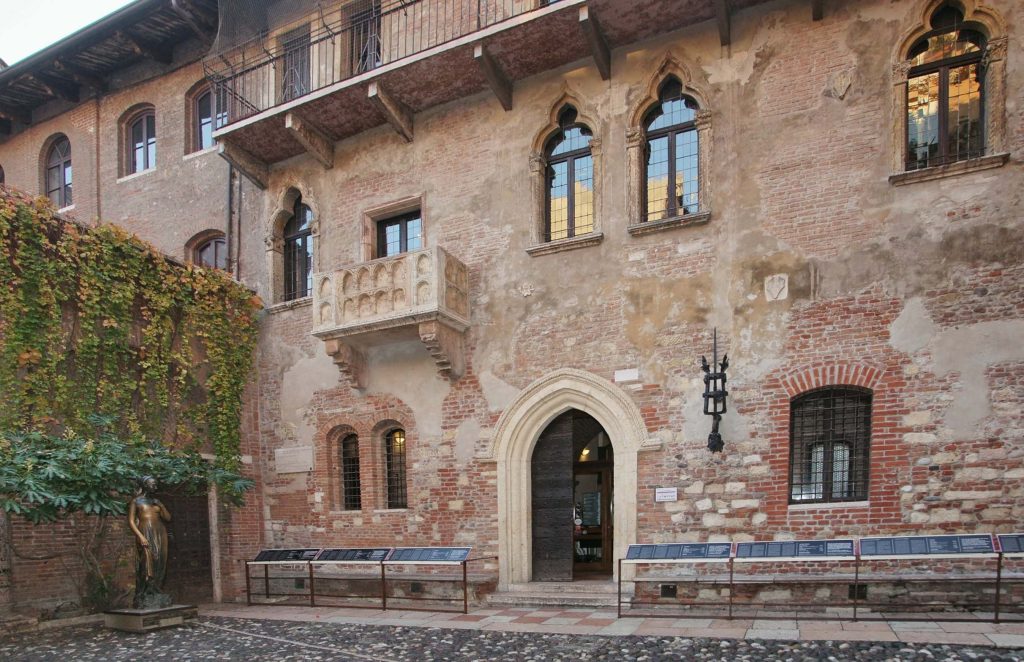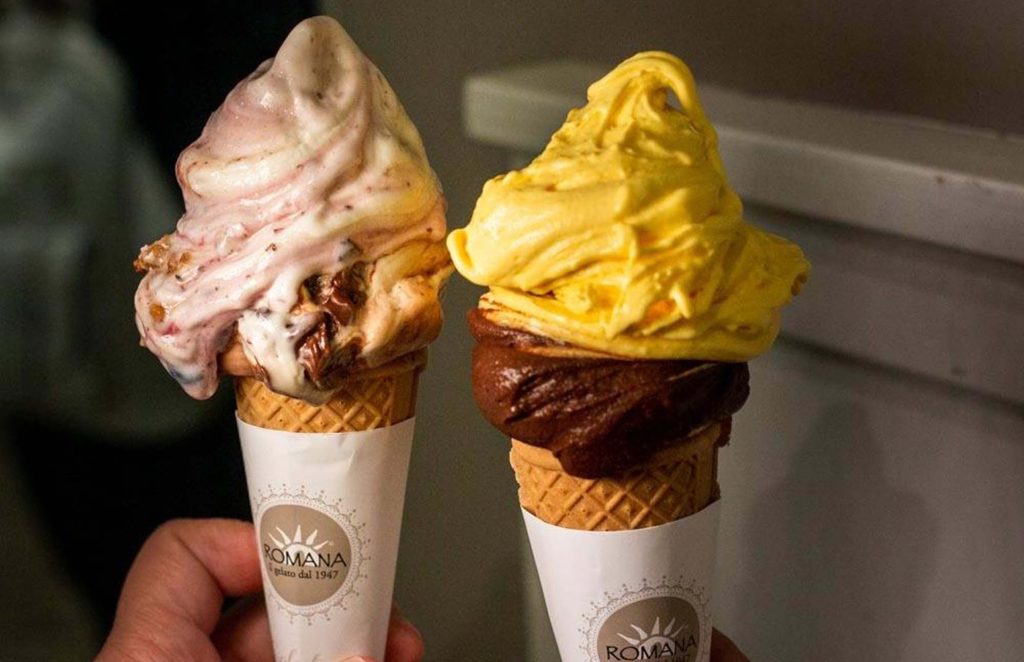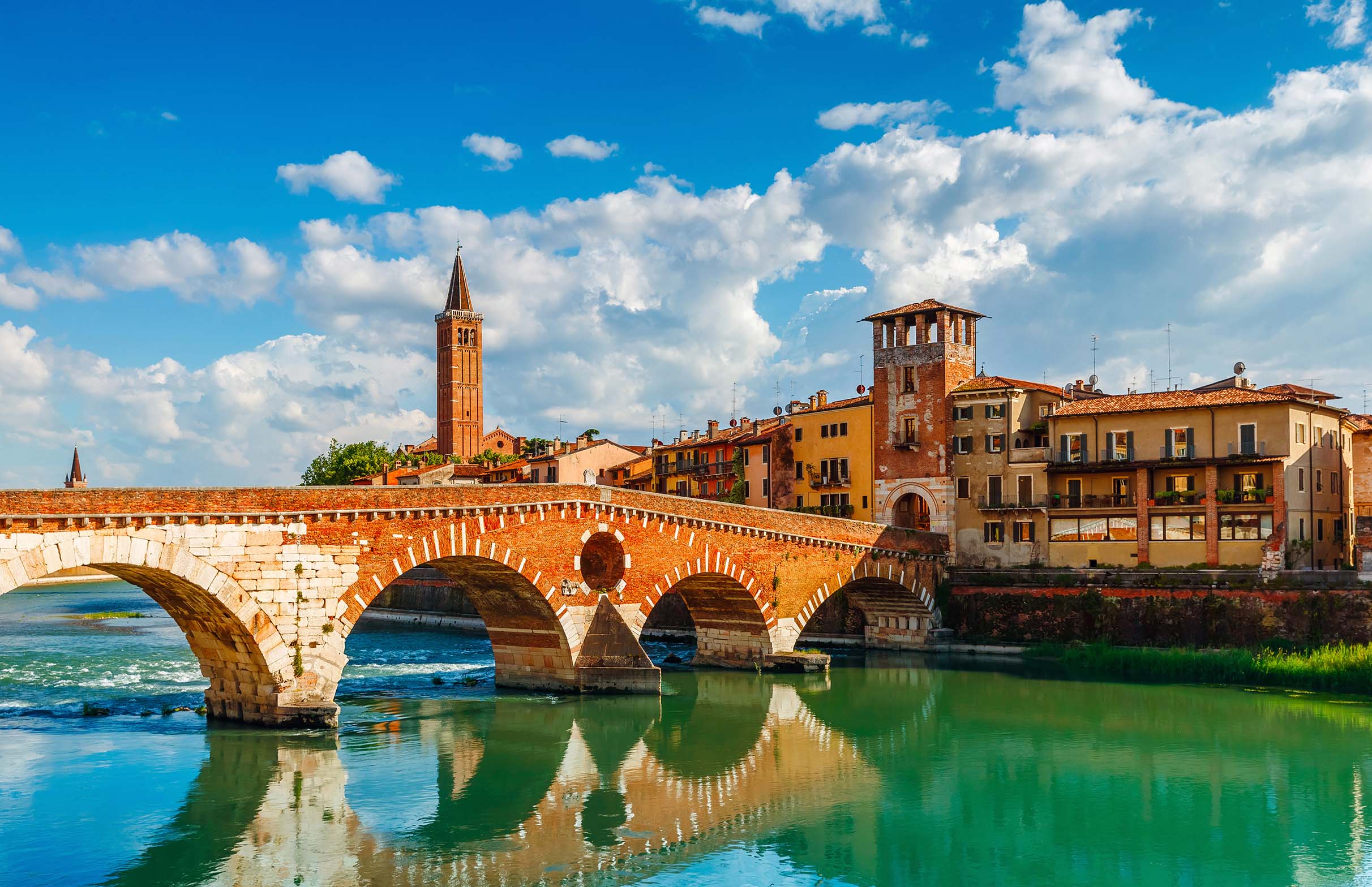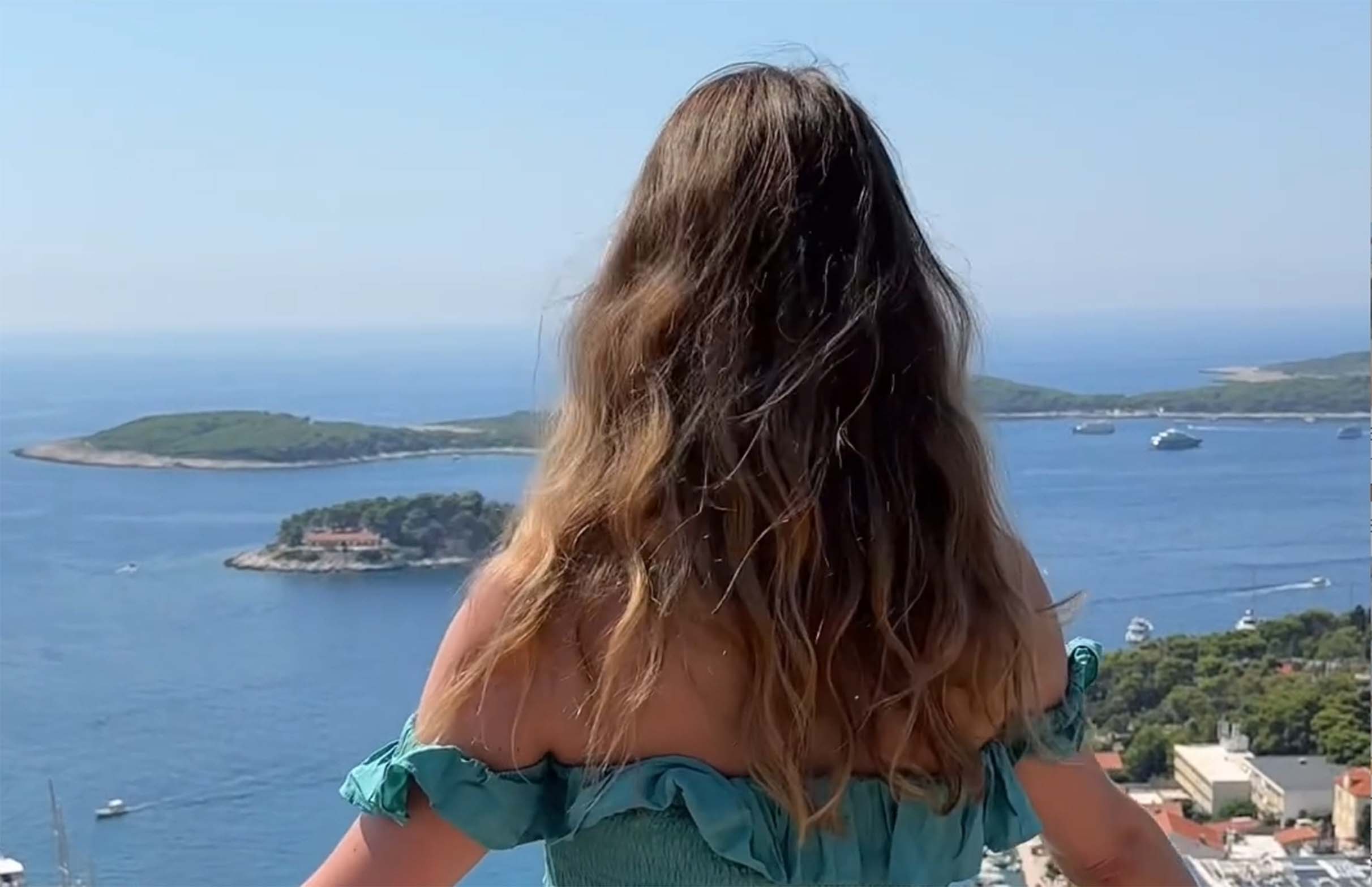Verona, the city that breathed life into Shakespeare’s Romeo and Juliet, is more than just a backdrop for star-crossed lovers. It’s a city rich in history, drenched in culture, and brimming with charm at every turn. My journey to Verona was a blend of awe-inspiring sights, delectable food, and fascinating cultural experiences. In this blog, I’ll walk you through the essentials of planning your trip, from packing and currency exchange to navigating local etiquette and exploring the city’s must-see attractions.
Packing Essentials and Dressing the Part
Verona’s weather can vary depending on the season, so it’s crucial to pack accordingly. During my late spring visit, the days were warm, and the evenings were pleasantly cool.
- Light, Breathable Clothing: The warm days in Verona called for light, breathable clothing. I packed several lightweight dresses, comfortable shorts, and loose-fitting tops. This allowed me to stay cool while wandering through the city’s ancient streets and piazzas.
- Layers for the Evening: Even though the days were warm, the evenings could get a bit chilly, especially when dining al fresco. I packed a light cardigan and a stylish scarf to keep me comfortable when the temperature dropped.
- Comfortable Shoes: Verona’s historic center is best explored on foot, with its cobblestone streets and hilly terrain. A pair of stylish yet comfortable walking shoes was essential. I alternated between my favorite pair of sandals for daytime and more supportive sneakers for longer excursions.
- Accessories and Sun Protection: The Italian sun can be intense, so I brought a wide-brimmed hat, sunglasses, and plenty of sunscreen. These items were not only practical but also helped me blend in with the effortlessly chic Italian fashion.
Tip: Verona is a city where style and comfort can coexist. Italians appreciate a well-put-together look, so while casual attire is fine for most activities, a bit of effort in your appearance is always appreciated.
Currency Exchange and Staying Connected
Navigating currency and staying connected are key to a smooth travel experience in Verona.

- Currency Exchange: Italy uses the Euro (€), and I found it most convenient to withdraw cash directly from ATMs. There are plenty of ATMs around the city, and using them provided better exchange rates than currency exchange offices. Before leaving, I informed my bank of my travel plans to avoid any issues with my card.
- Using Cards: Credit and debit cards are widely accepted in Verona, especially in hotels, restaurants, and larger shops. However, having some cash on hand was useful for smaller purchases, like a quick espresso or a gelato from a street vendor.
- Getting a Local SIM Card: Staying connected was crucial, especially for navigating the city and keeping in touch with loved ones. I purchased a local SIM card from Vodafone, which offered several options for tourists. The process was straightforward, and the staff at the store helped me set up the SIM on my phone. With a decent data package, I had no issues using Google Maps, checking restaurant reviews, or posting updates on social media.
Tip: Ensure your phone is unlocked before leaving home to easily switch SIM cards. Also, consider purchasing a SIM card that offers both data and calling options, as it can be helpful in case of emergencies.
Understanding Verona’s Etiquette and Cultural Norms
Respecting local customs is key to enjoying your time in Verona. The Veronese, like most Italians, are proud of their heritage and culture, and showing respect for their way of life goes a long way.
- Politeness and Greetings: Italians are known for their warmth and hospitality, but they also value politeness. It’s customary to greet people with a “Buongiorno” (Good morning) or “Buonasera” (Good evening) when entering shops, restaurants, or when meeting someone. Even a simple “Ciao” works well in informal settings. I noticed that making the effort to use these greetings in Italian was always met with smiles and friendly responses.
- Personal Space and Behavior: While Italians are known for being expressive, they also respect personal space. In cafes or restaurants, it’s polite to wait to be seated and not to intrude on other people’s conversations. I made sure to keep my voice at a moderate level in public spaces, which seemed to be appreciated.
- Tipping Culture: Tipping is not as common in Italy as it is in some other countries. Most restaurants include a service charge in the bill, known as “coperto,” which covers bread and table service. However, I usually left a small tip (around 5-10%) if the service was exceptional. For taxi rides, rounding up the fare is common practice.
- Dress Code: When visiting religious sites, modest attire is required. This means covering your shoulders and knees. During my visit to the Basilica di San Zeno, I carried a light shawl to cover my shoulders, ensuring I was dressed appropriately.
Personal Experience: One evening, I joined a local family for dinner, and it was a delightful cultural exchange. I was careful to follow their lead in terms of manners—waiting for the host to start the meal and complimenting the food (which was truly delicious). The family appreciated my efforts to speak a bit of Italian, and we shared stories over homemade pasta and wine. It was a reminder that respect and open-mindedness can lead to memorable experiences.
Exploring Verona: Four Must-Visit Attractions
Verona is a city that seamlessly blends ancient history with modern culture. Here are four attractions that captured my heart during my visit:
1. Arena di Verona
The Arena di Verona is a stunning Roman amphitheater that dates back to the 1st century AD. It’s one of the best-preserved ancient structures in Italy and is still used today for operas and concerts.
How to Get There: The Arena is located in Piazza Bra, the largest square in Verona. It’s easily accessible by foot from most parts of the city center, or you can take a bus to Piazza Bra from other areas.
What to Do: I took a guided tour of the Arena, which provided fascinating insights into its history and architecture. Walking through the ancient arches and imagining the gladiatorial games that once took place there was awe-inspiring. If you’re visiting in the summer, I highly recommend attending one of the open-air opera performances. The experience of watching a performance under the stars in such a historic venue is truly magical.
Tips: It’s best to book your tickets in advance, especially if you’re planning to attend an event. The steps can be steep and uneven, so wear comfortable shoes. Arrive early to avoid the crowds and take your time exploring this incredible piece of history.
2. Juliet’s House (Casa di Giulietta)
Juliet’s House is perhaps the most famous attraction in Verona, drawing visitors from all over the world who are enchanted by the tale of Romeo and Juliet. The house features the iconic balcony where Juliet is said to have been courted by Romeo.

How to Get There: The house is located on Via Cappello, just a short walk from Piazza delle Erbe. It’s easy to find, and you can follow the signs or simply ask a local for directions.
What to Do: I arrived early in the morning to beat the crowds and was able to explore the house and its small museum. The highlight, of course, was standing on Juliet’s balcony and taking in the view of the bustling courtyard below. The walls of the entrance are covered with love notes and messages, which adds to the romantic atmosphere. Don’t forget to touch the statue of Juliet in the courtyard for good luck!
Tips: Visit early in the morning or late in the afternoon to avoid the busiest times. While the experience can be a bit touristy, it’s still worth it for fans of literature and romance. Consider skipping the long lines to enter the house if you’re short on time and focus on the courtyard and balcony instead.
3. Piazza delle Erbe
Piazza delle Erbe is the oldest square in Verona and has been the heart of the city since Roman times. It’s surrounded by beautiful buildings, including the Palazzo Maffei and the Torre dei Lamberti, and is home to a lively market.
How to Get There: The square is located in the historic center of Verona, and you can easily reach it on foot from most other attractions in the city. It’s also accessible by bus if you’re staying further away.
What to Do: I loved wandering through the market, where you can find everything from fresh produce to souvenirs. The square is also a great place to sit at a cafe and enjoy a coffee or a spritz while people-watching. Don’t miss the Torre dei Lamberti, where you can climb to the top (or take the elevator) for stunning views of the city.
Tips: The market can get crowded, especially in the morning, so visit early if you prefer a quieter experience. The cafes around the square are a bit pricier than those in less touristy areas, but the view and atmosphere are worth it.
4. Castelvecchio Museum
Castelvecchio is a medieval fortress that now houses a museum with an impressive collection of art and historical artifacts. The castle itself is a masterpiece of military architecture and offers a glimpse into Verona’s past.
How to Get There: Castelvecchio is located on Corso Castelvecchio, near the Adige River. It’s within walking distance of the Arena and Piazza Bra, or you can take a bus that stops nearby.
What to Do: The museum’s collection includes works by Veronese painters, sculptures, and medieval artifacts. I spent
a couple of hours exploring the museum and the castle’s ramparts, which offer beautiful views of the river and the city. The museum is well-curated, with informative displays in both Italian and English.
Tips: Allocate at least two hours to fully appreciate the museum and the castle. The ticket price is reasonable, and it’s a great value considering the quality of the exhibits. If you’re interested in history and art, this is a must-visit.
Savoring Verona’s Street Food
Verona’s street food scene is a delight for the senses, offering a mix of traditional Italian flavors and local specialties.
- Panzerotti: These are fried pockets of dough filled with tomato, mozzarella, and other ingredients like ham or mushrooms. I tried one from a street vendor near Piazza Bra, and it was a delicious, satisfying snack.
- Gelato: No visit to Italy is complete without indulging in gelato. I found a small gelateria near the Arena that served some of the best gelato I’ve ever had. The pistachio and hazelnut flavors were particularly memorable.

Food Safety Tips: Street food in Verona is generally safe, but it’s always good to follow a few basic precautions. Choose vendors that look clean and have a steady stream of customers. Avoid anything that looks like it’s been sitting out for too long, especially in warmer weather. If you have any dietary restrictions, make sure to ask about the ingredients, as some dishes may contain allergens.
Planning Your Trip and Managing Your Budget
Planning a trip to Verona doesn’t have to break the bank. Here’s how I managed my budget and ensured a smooth experience:
- Itinerary Planning: I created a flexible itinerary that included both must-see attractions and time for spontaneous exploration. This allowed me to fully enjoy each site without feeling rushed.
- Budgeting: I allocated most of my budget to accommodation and experiences like the Arena di Verona. For meals, I balanced dining at nice restaurants with grabbing quick bites from cafes or street vendors. This approach allowed me to enjoy the best of Verona without overspending.
- Insurance: Travel insurance is a must for any trip. I chose a comprehensive plan that covered health, travel delays, and lost luggage. Thankfully, I didn’t need to use it, but having the coverage gave me peace of mind throughout my trip.
Verona is a city that offers a perfect blend of history, culture, and romance. Whether you’re exploring ancient ruins, savoring local delicacies, or simply strolling through its charming streets, Verona will leave you with memories to cherish for a lifetime.



